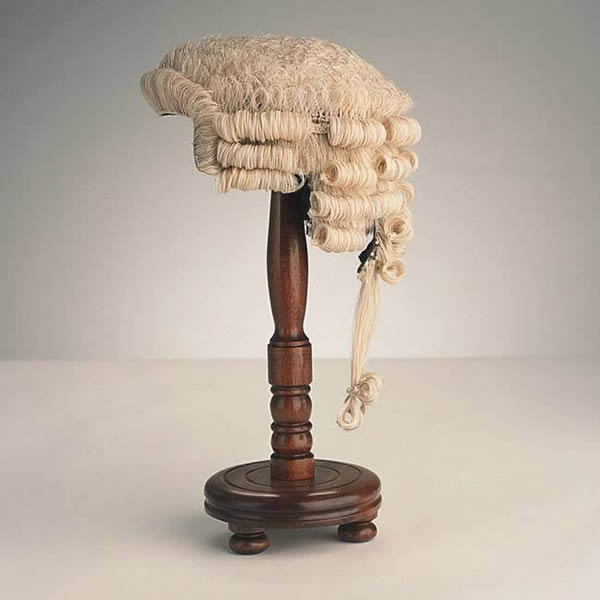The Law and Cauls October 25, 2013
Author: Beach Combing | in : Ancient, Medieval, Modern , trackbackLong-time readers of the blog may remember several posts on cauls (the membrane that sometimes sticks to a child as he or she exits the womb). ‘Hooded’ children or caulbearers are often said to have psychic gifts. But there is also a tradition of excellence in law: the reason for the connection between these two is not immediately clear. But one modern site on cauls (yes, such a thing exists!) claims that:
[Caulbearers] came to be regarded as great teachers of natural law and judges in matters of conflict. Their main purpose was to act as a referee in matters which arose amongst their people.
As to evidence that is rather more difficult to come by but the late Roman Historia Augusta refers to the caul being sold by midwives to credulous lawyers and in nineteenth-century Britain cauls were sold to those who feared drowning and to lawyers again: there is one reference to a nineteenth-century priest buying a caul that might suggest a connection with eloquence. There is even the extremely unlikely claim that the barrister’s and judge’s wig comes from the amniotic sack!!!!
There are too sparse references that hint the amniotic sack was not just an ancient and modern habit but was practiced in the middle ages. Perhaps the association with law depends rather on the need for luck in the courtroom: see similar legends about the druid’s egg in court in the time of Claudius? One of the most interesting legal caul references comes in Middle Irish tradition where we learn that a piece of caul known as An Iodh Morainn was placed around any individual swearing an oath. This caul collar would tighten and and strangle liars – indeed, it was said to decapitate perjurers! – but preserve the innocent. As with so many medieval ordeals it sounds like the AIM might have intimidated through suggestion. In any case Morainn’s collar (or duplicates) appear to have been used well into the early modern period in Ireland.
In 1611, in Italy, meanwhile, it was claimed that the lawyer Giovanni Bertuzzi of Nimis, from Friuli, won all his cases thanks to his possession of a caul (of a son). Let’s accept that the caul is associated with psychic phenomenon and witchcraft. Let’s accept too that it is generally seen as being lucky. But why should law and the caul be connected and how wide is this association: we’ve limited ourselves here to Europe: drbeachcombing AT yahoo DOT com.



